[featured image: Rocky says “Don’t lose it, reuse it”]
(Featured image taken with CZJ Flektogon 20 mm f/4 [data sheet] at a focusing distance of 22 centimetres on a Sony ⍺7R2)
Introduction
First off, you can read this lens’ data sheet here.
This lens was introduced in 1963 as one of the three original interchangeable lenses for the Topcon UV system (the other two were a 53 mm f/2 and a 100 mm f/4). Its mainline specifications of 35 mm f/3.5 make it a moderate wide angle (or wide standard) with a decidedly unassuming maximum aperture.
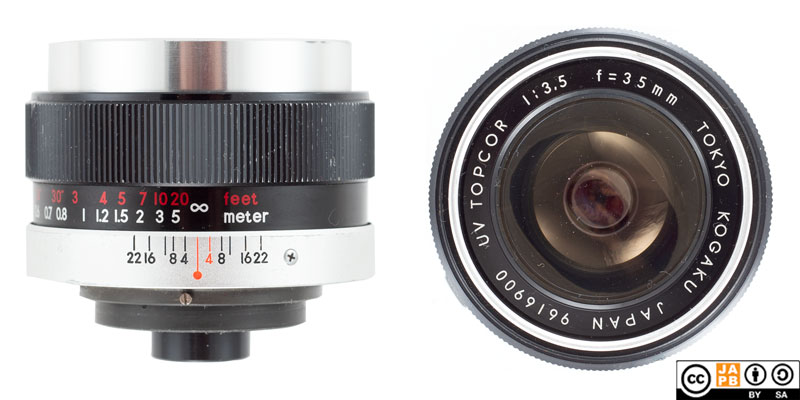
Looking at the mainline specs, the lens indeed is lacking in special features, even the minimum focusing distance of 35 centimetres is a bit on the shy side of attractive. Moreover, it hails from Topcon’s ‘consumer’ or ‘budget friendly’ line of cameras and lenses (See the JAPB company profile for Topcon)
Even so, while I have roughly two dozen top-of-the-line 35 mm focal length lenses, and a dozen more that offer more attractive specifications, this little lens has been a permanent fixture in my camera bag for most of this spring. Read on to see some of my keepers as well as a jab at describing this lens’ strengths and weaknesses.
Ergonomics
As with all Topcon UV lenses, the UV Topcor 35 mm f/3.5 offers only one control ring and that is used for focusing. The focus ring offers a very decent tactile experience, at least with bare fingers (I’ve yet to try using this lens while wearing mittens (but based on earlier experiences of similar lenses, I do not expect problems)
One of the selling points of Topcon UV cameras and lenses was a (for its time) advanced system for exposure automation (based on shutter priority). This means that while the ambitious photographer could set aperture and shutter speed as they pleased, the UV system was designed to allow the body precise control of the lens’ aperture. Hence, the aperture control was integrated in the camera body (See article on Topcon UV mount for details).
Therefore also, should you want to be able to control the lens’ aperture, your adapter will need to facilitate this. While this is by no means exceptional, it does place some demands on the adapter.
Importantly, due to the fact that most adapter manufacturers have not yet awoken to manufacturing Topcon UV adapters (unlike for the very similar DKL mount – another mount developed for leaf shutter SLRs that do not have aperture controls on the lens) Topcon UV lenses are – for now – significantly undervalued in the marketplace.
So how do you go about adapting Topcon UV lenses? In short, using a 3D printed adapter, that you can either buy on eBay (as I did) or that you can download and print (I won’t offer a link, because I do not want to endorse a file I have not tried).
Images and commentary
First off, unlike many other JAPB walk-arounds, the images for this walk-around do not stem from a single promenade/walk-around but are instead collected from several stolls in Helsinki during May 2024 (with some shots even from a cruise boat from Helsinki to Stockholm).
In general I have been more than happy with the images, but in pixel peeping mode, some weaknesses do show themselves.
When shot wide open, the lens shows surprisingly good centre sharpness (definition and contrast), but – unsurprisingly – border and corner sharpness lags a bit behind. Even so, the results are relatively impressive and indicate that the lens does not struggle with spherical aberration.
When stopped down to f/8 and when focused in the 1–metre–infinity –range the lens shows astonishing corner-to-corner sharpness.

Geometric distortions, are relatively well controlled, and – based on these images – by no means field-relevant. It also gladdens me, that chromatic aberrations are non-existent to very mild. In fact, in most pictures CAs are nowhere to be seen.
When shooting against the light the lens shows both ghosting and veiling (especially at some angles). Given that this lens is from before the age of effective multi-coating, this is by no means surprising. Moreover, only rarely was I forced to discard an image due to veiling (It tends on the picturesque side).
The UV Topcor 35 mm f/3.5 does show significant vignetting at wide open and f/4, which mostly goes away at f/5.6 and becomes irrelevant from f/8 onward.
Being a moderate wide angle and one with a modest maximum aperture, this is not a lens you grab if you want to run wild on bokeh. This is just as good, as the bokeh tends this lens produces is not smooth or calm and instead tends to the restless.
I generally found the colour balance of the lens to be a bit on the cool side of neutral (You should not let the fair share of golden hour shots below fool you).
There is some field curvature evident in wide-open shots, but when shooting wide open, having a perfectly flat field-of-views is rarely among your main priorities.
All images shot in May 2024 on a Sony ⍺7R2. No edit in post (ACR default conversion from RAW), resize to 2048 and JPEG 60. Apologies for the dusty sensor.
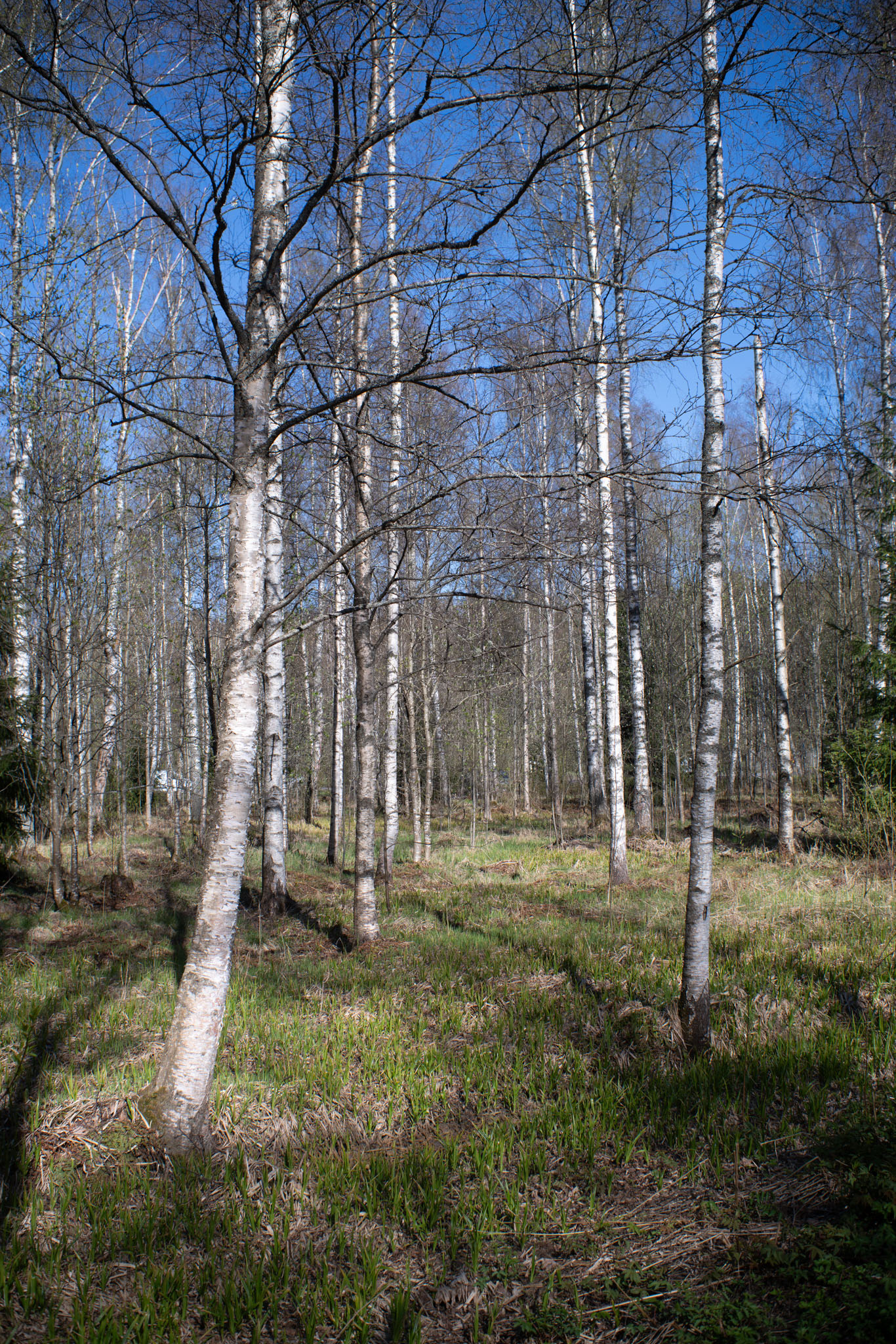

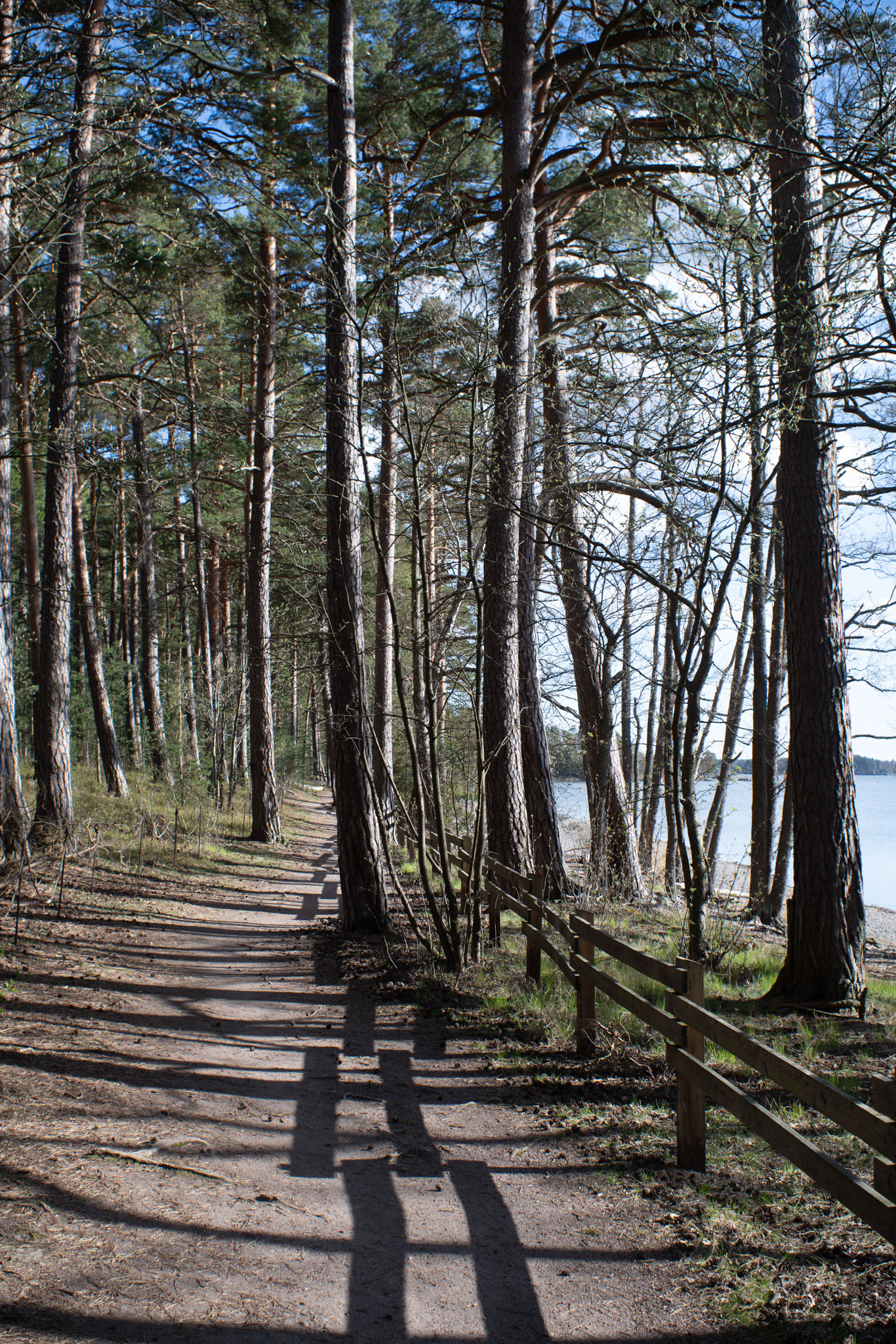
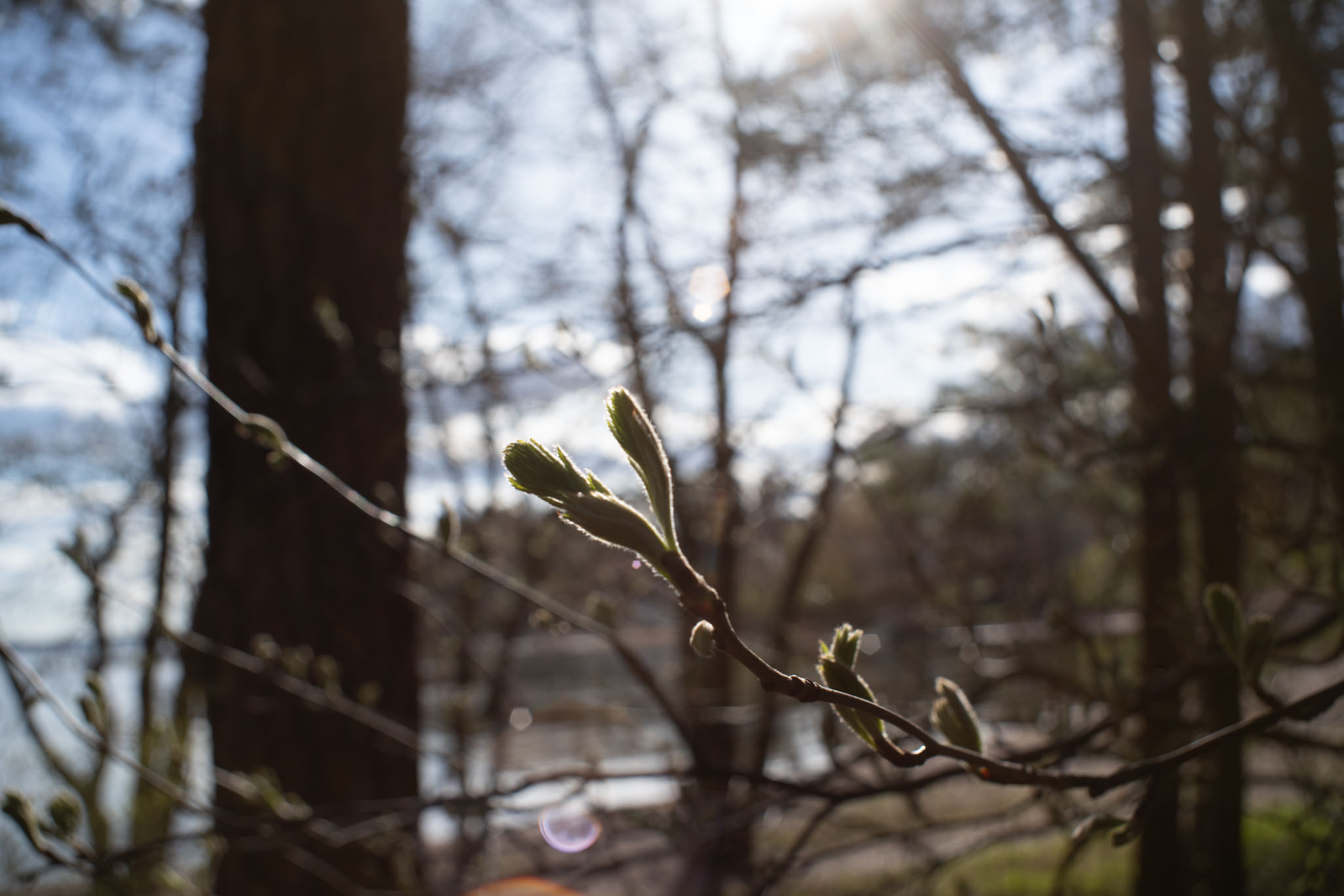
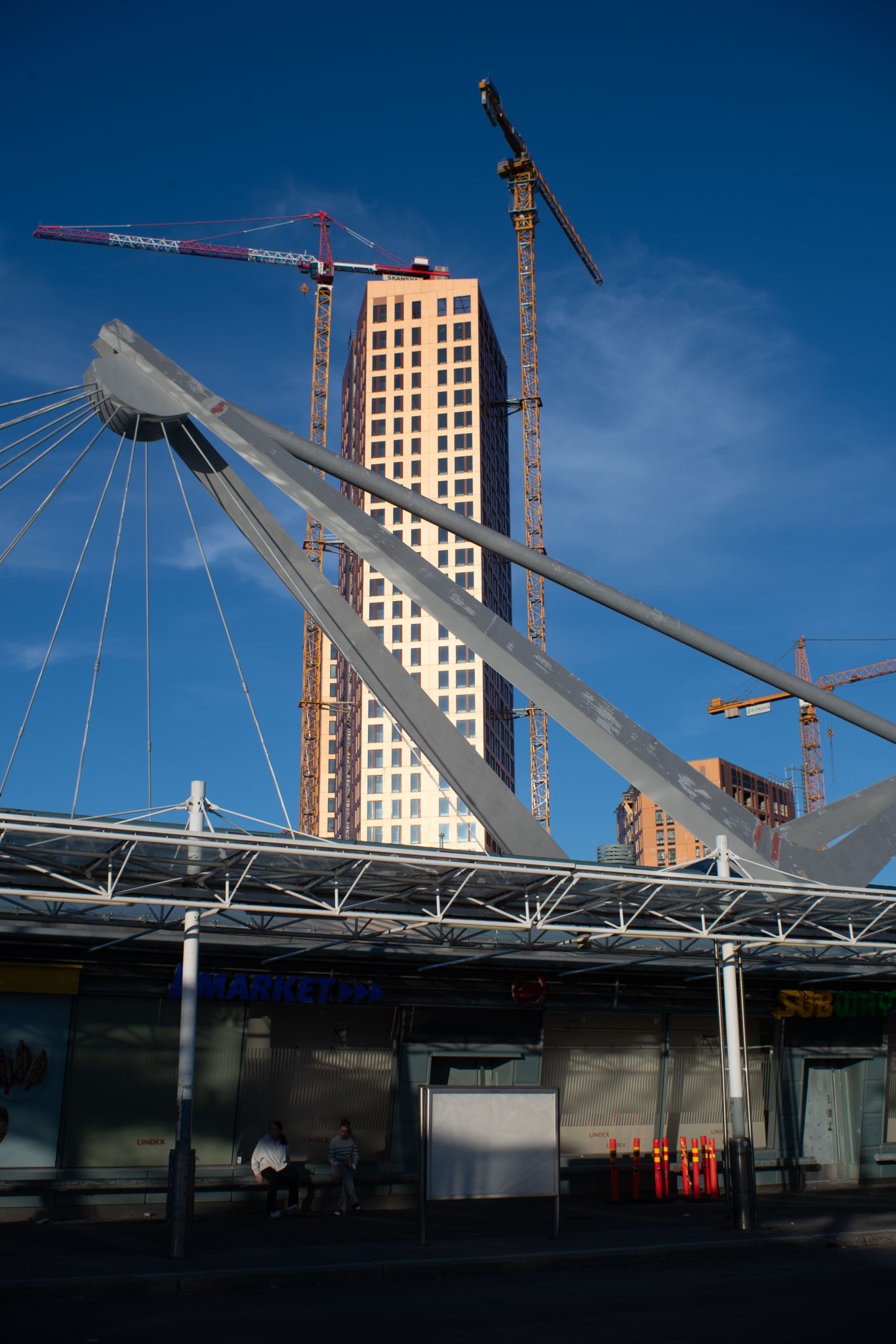
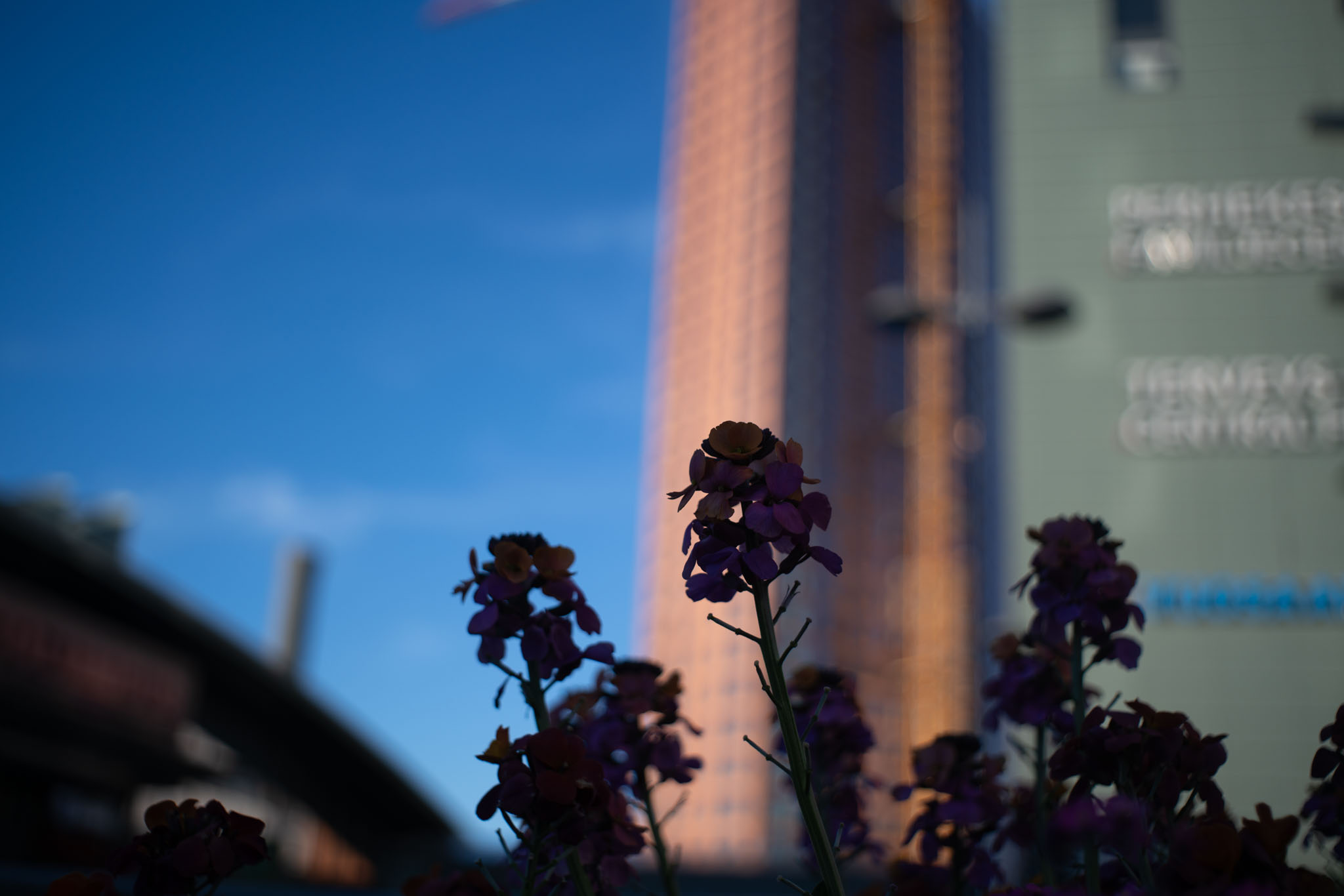
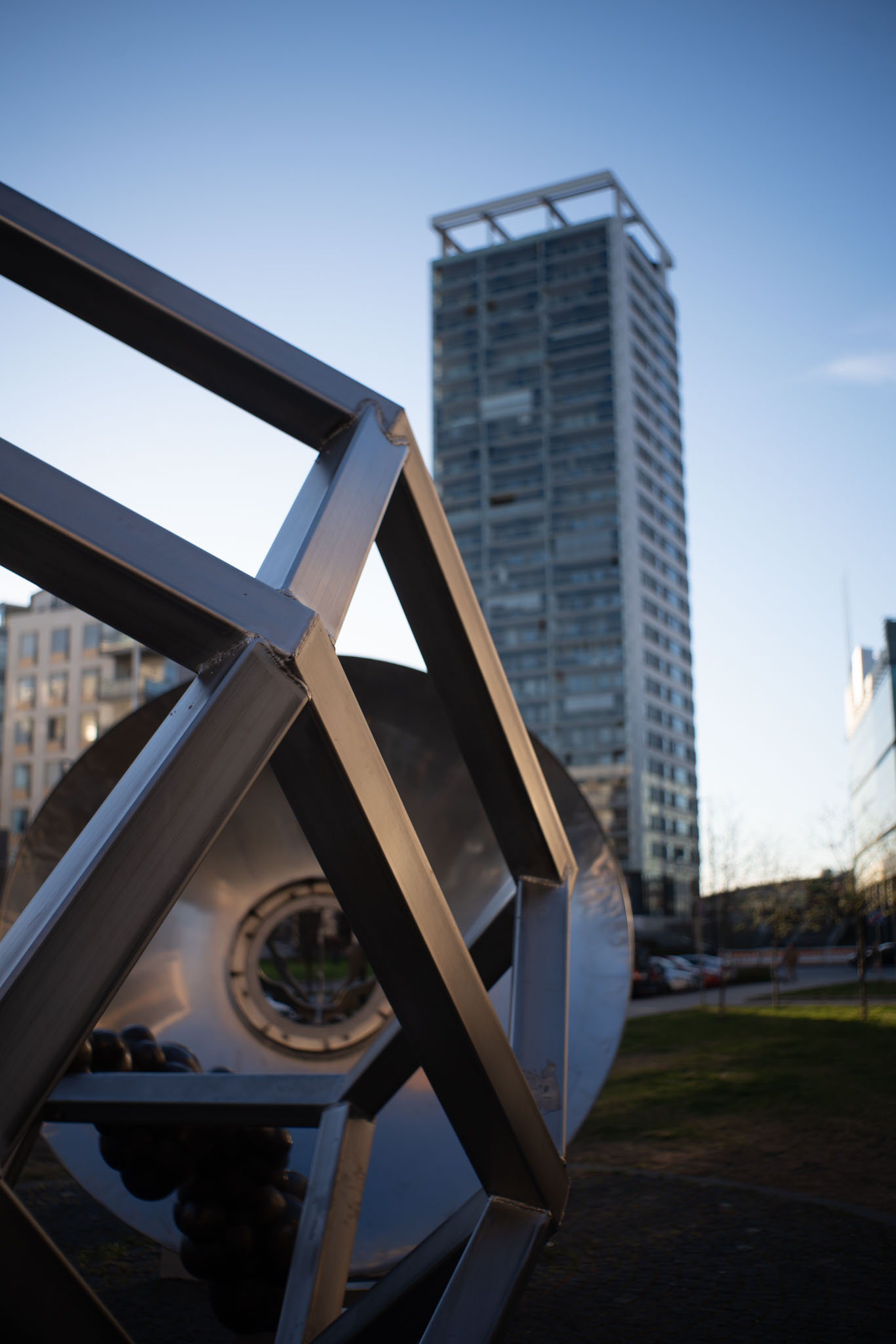
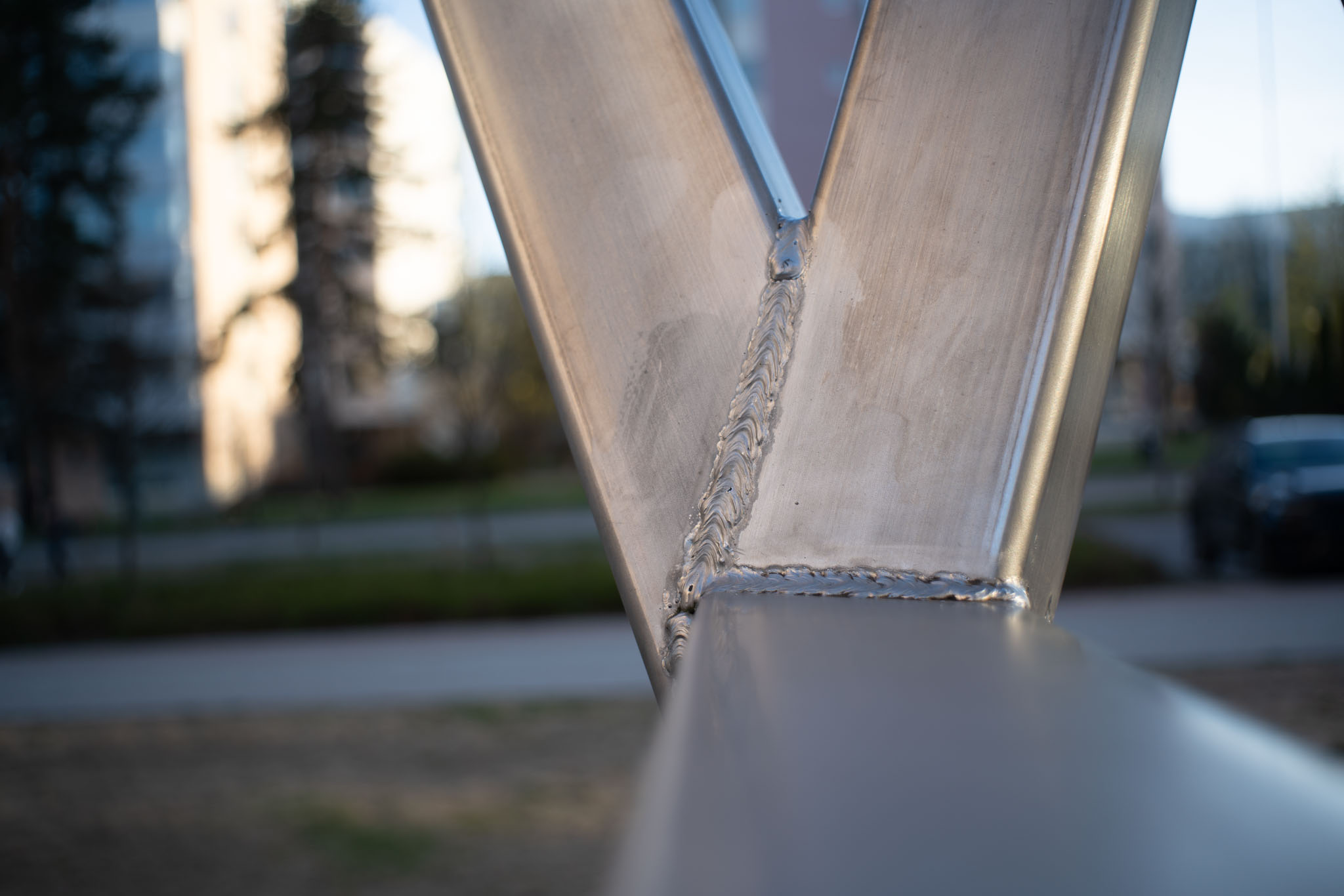
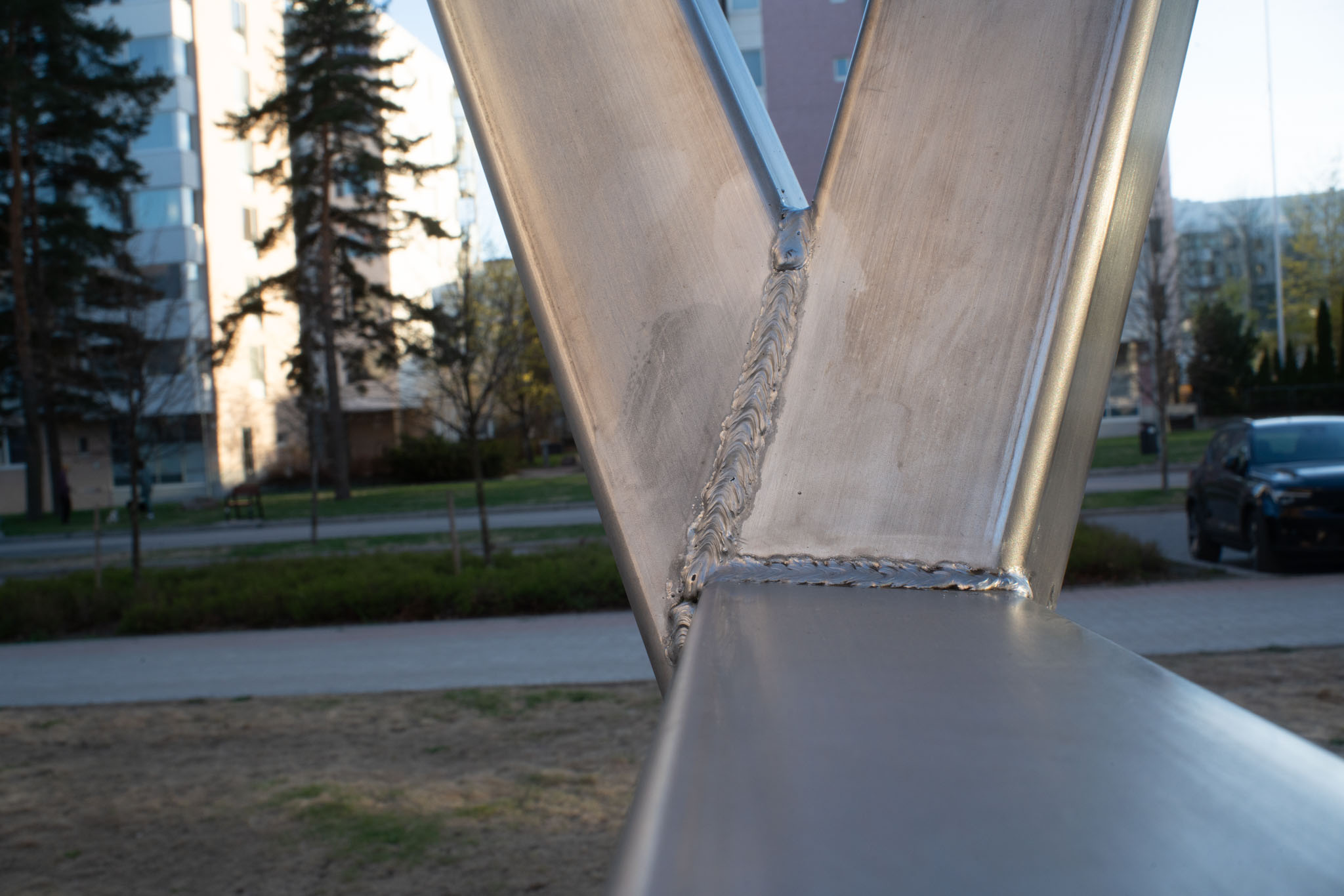
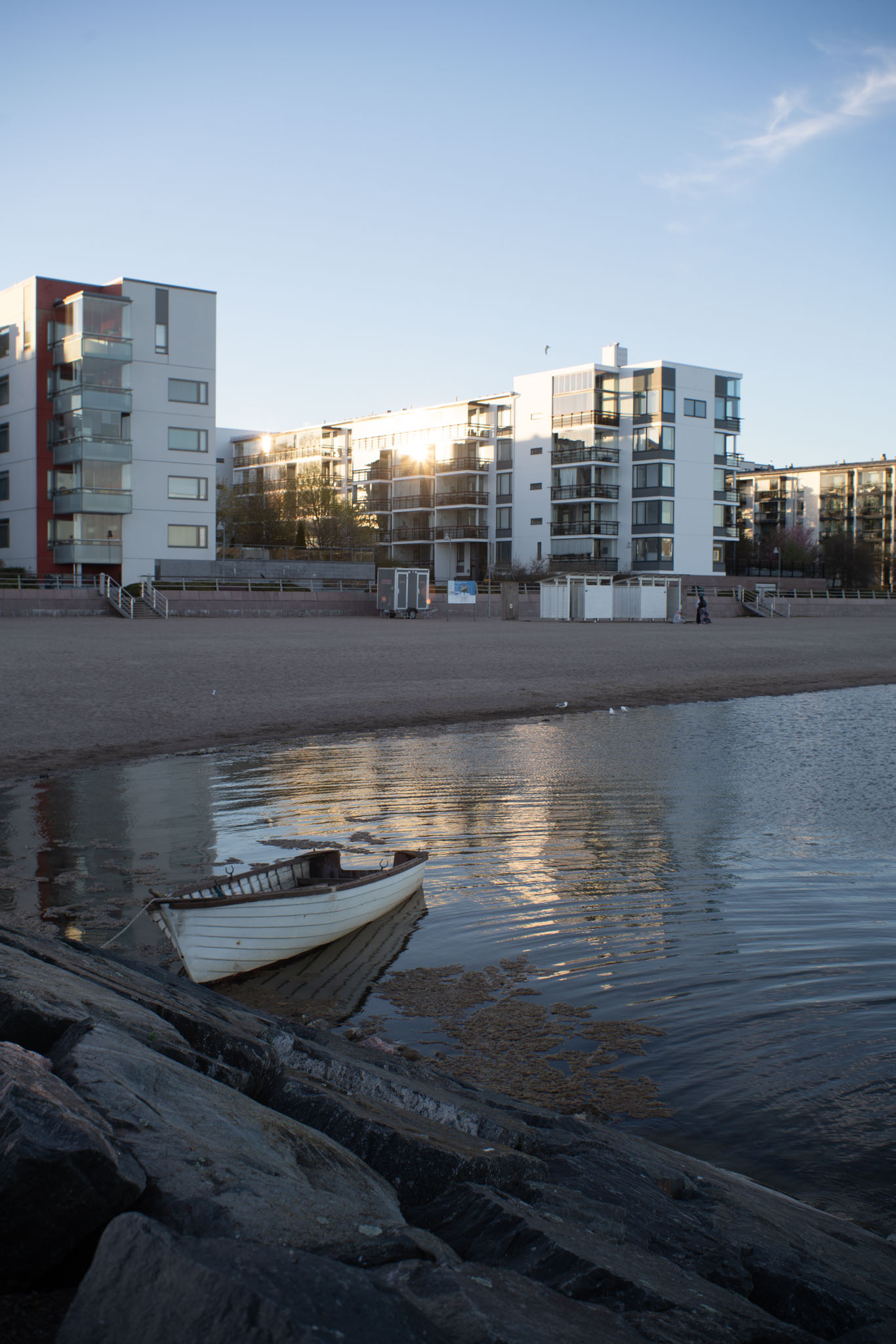
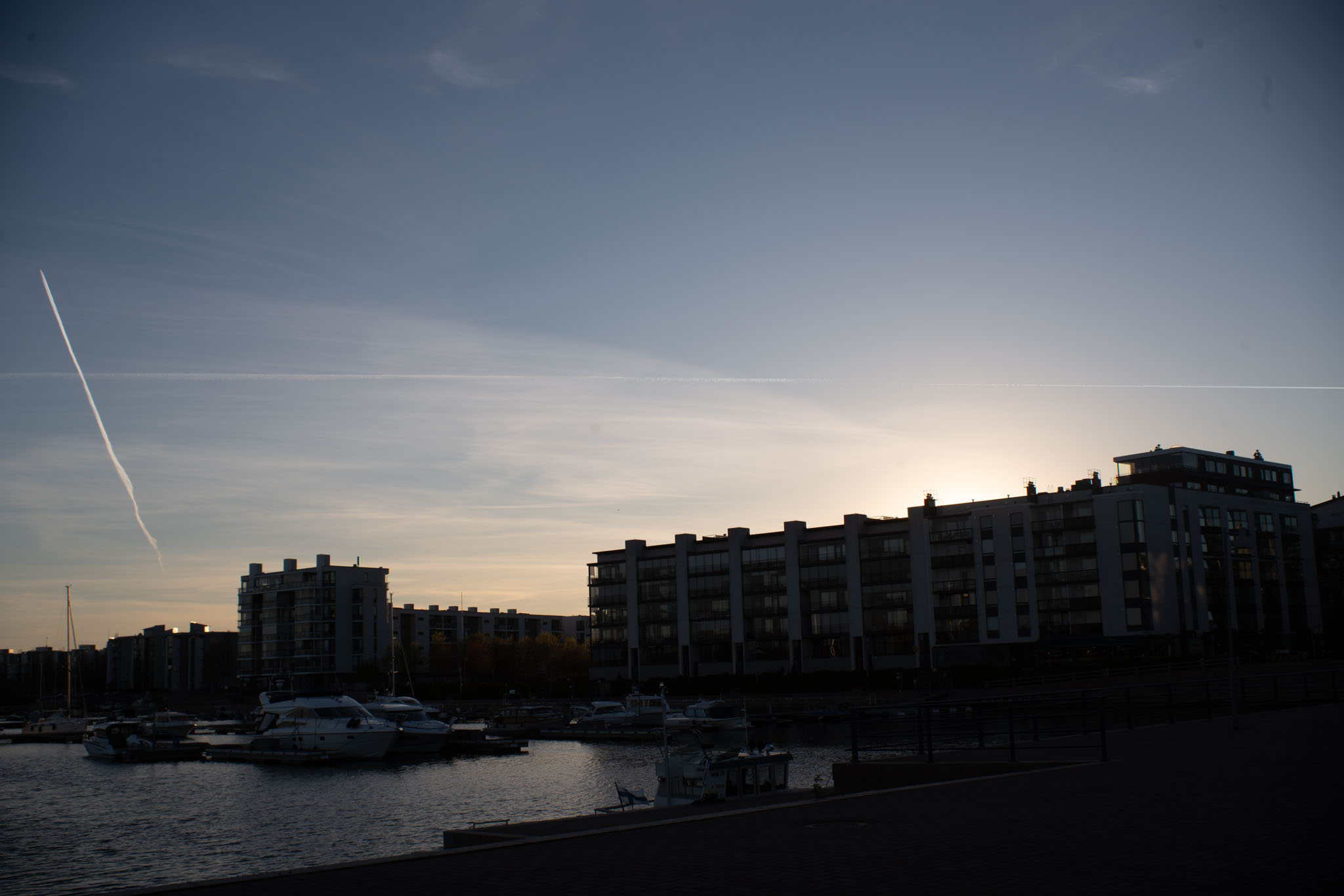
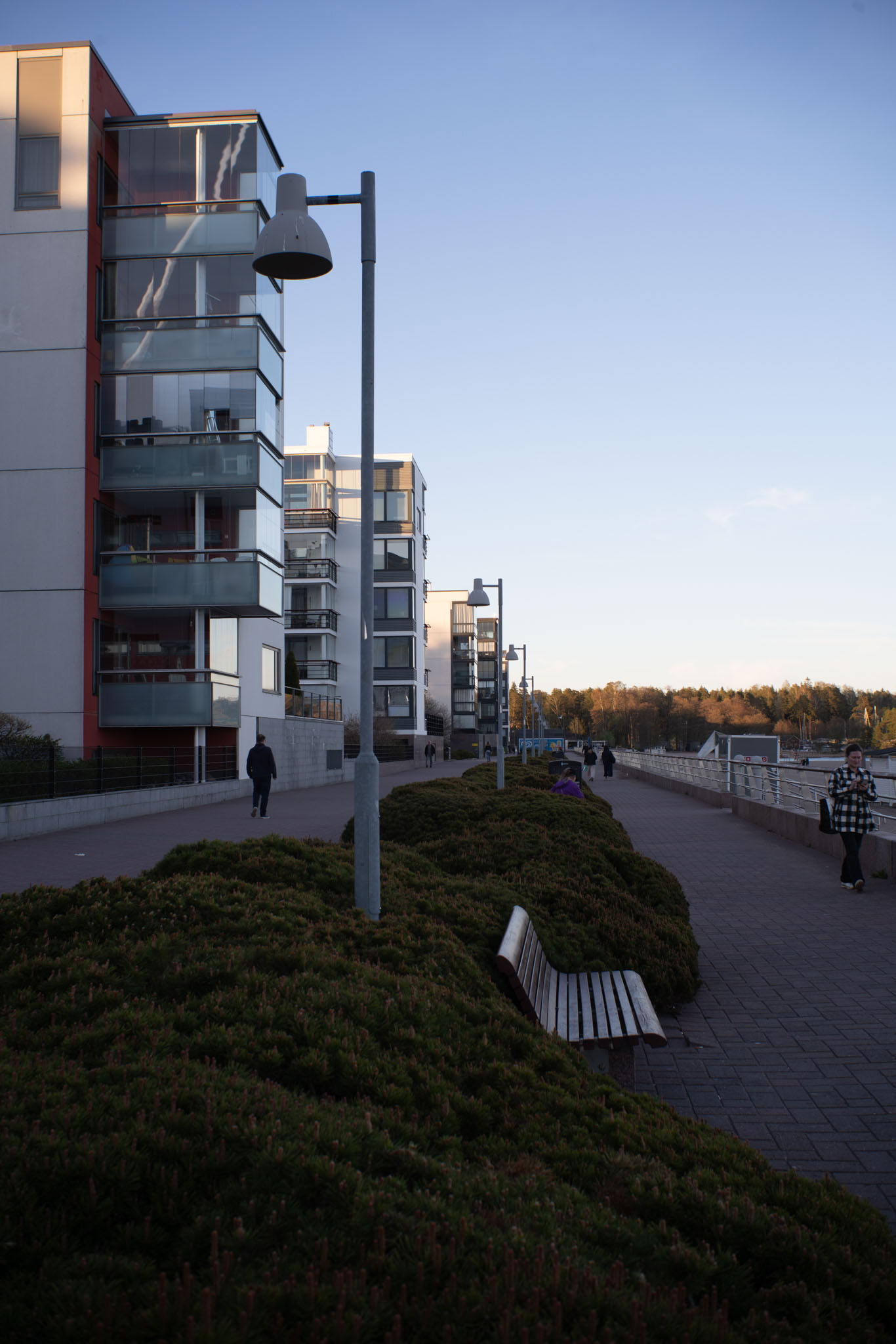
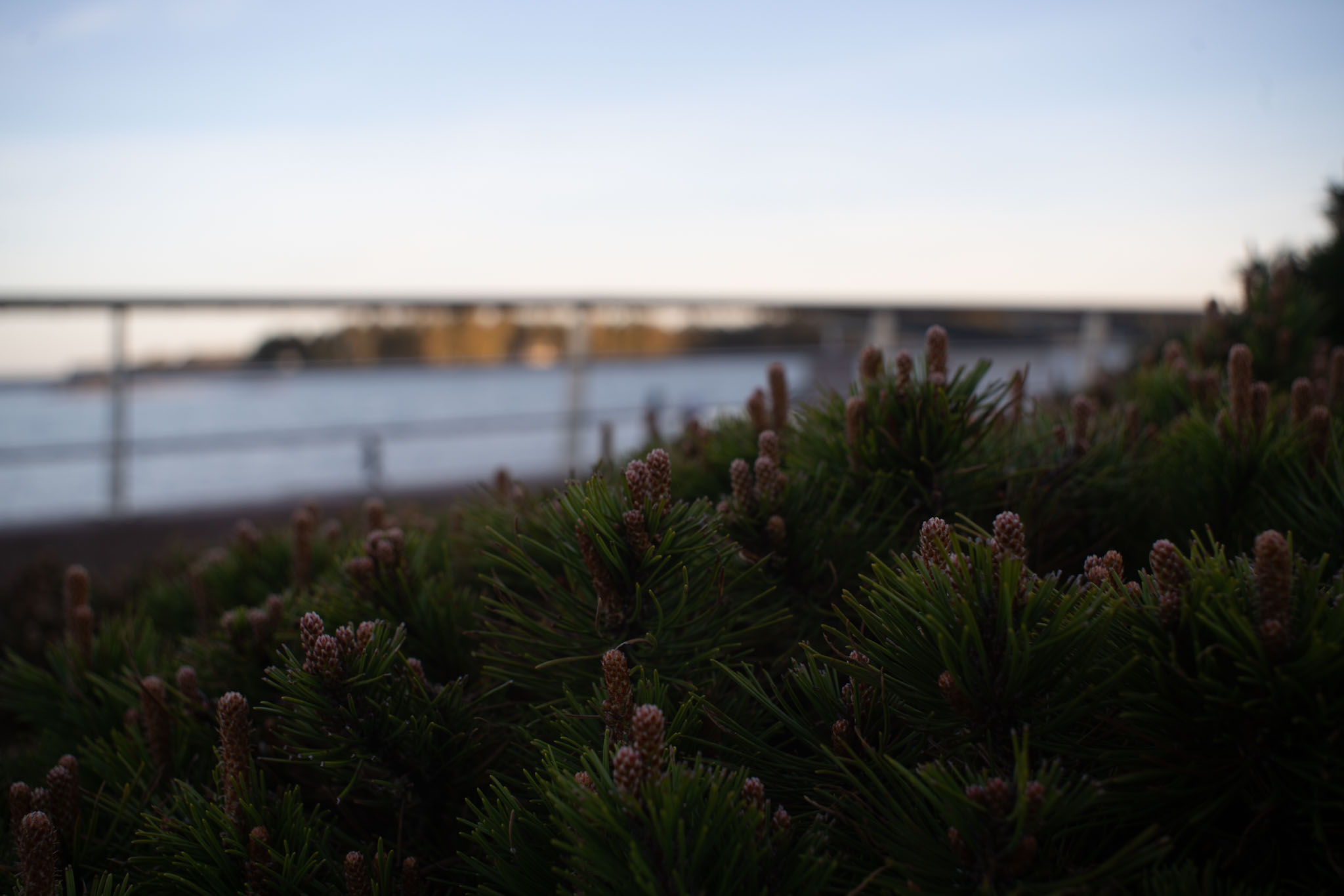
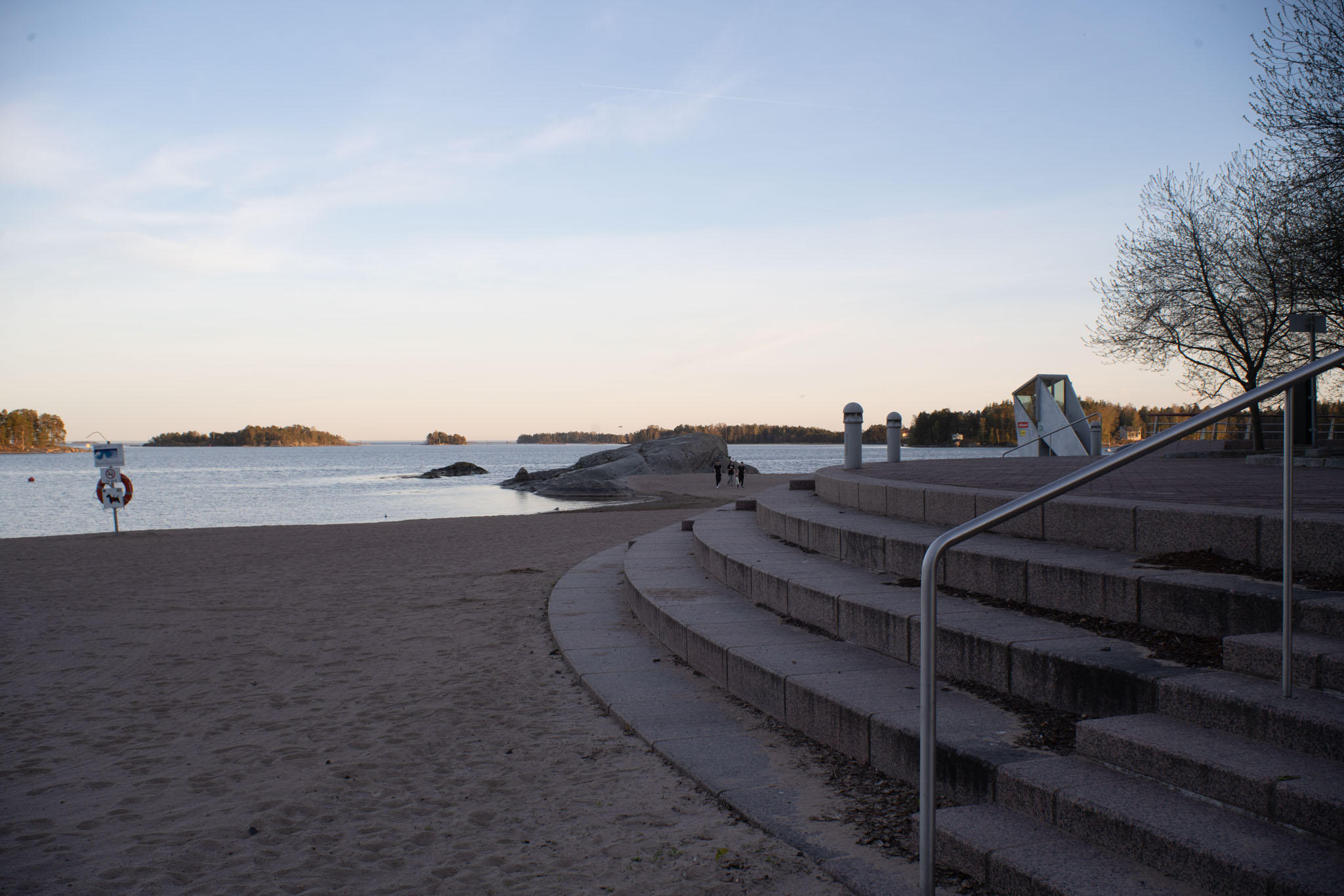
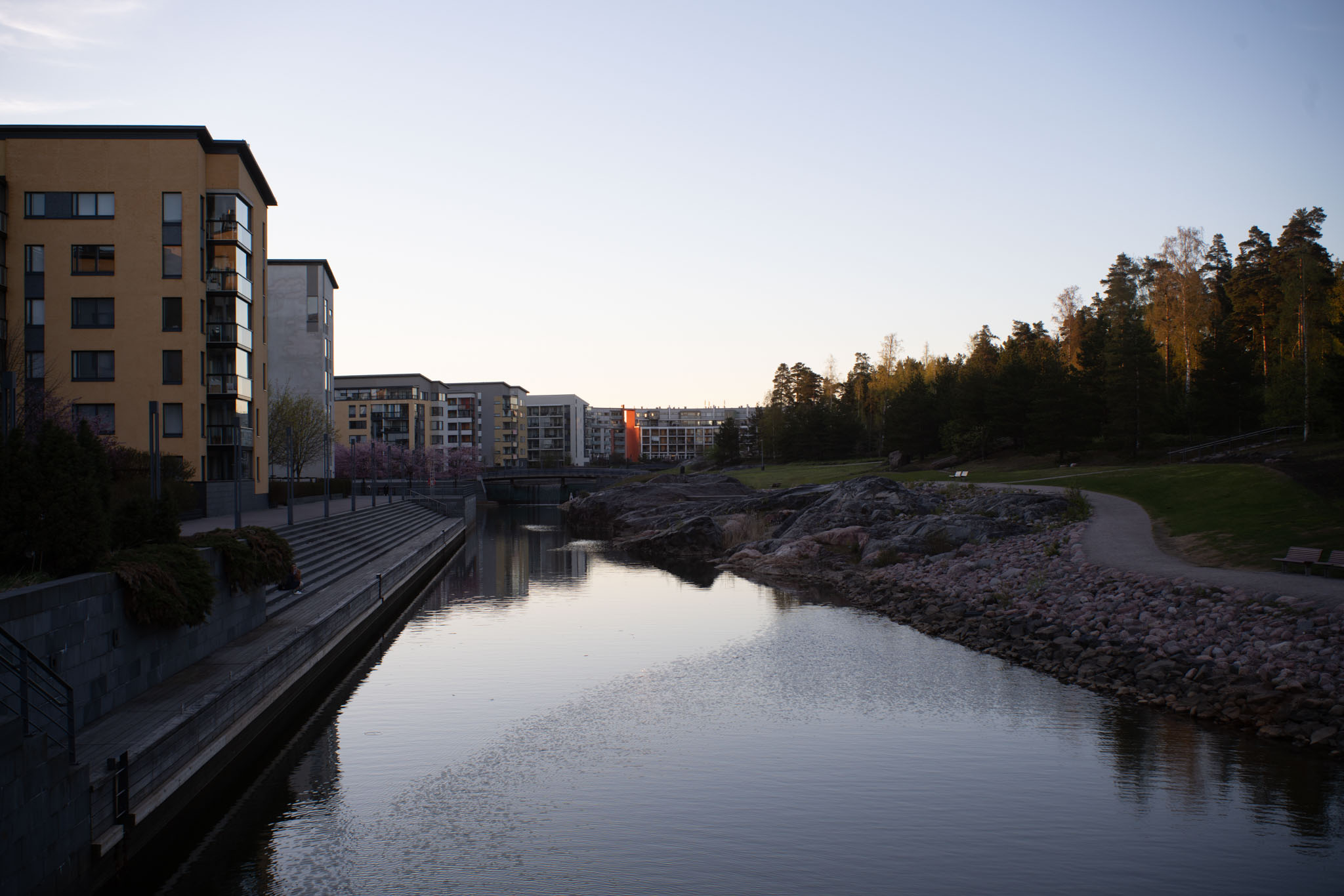
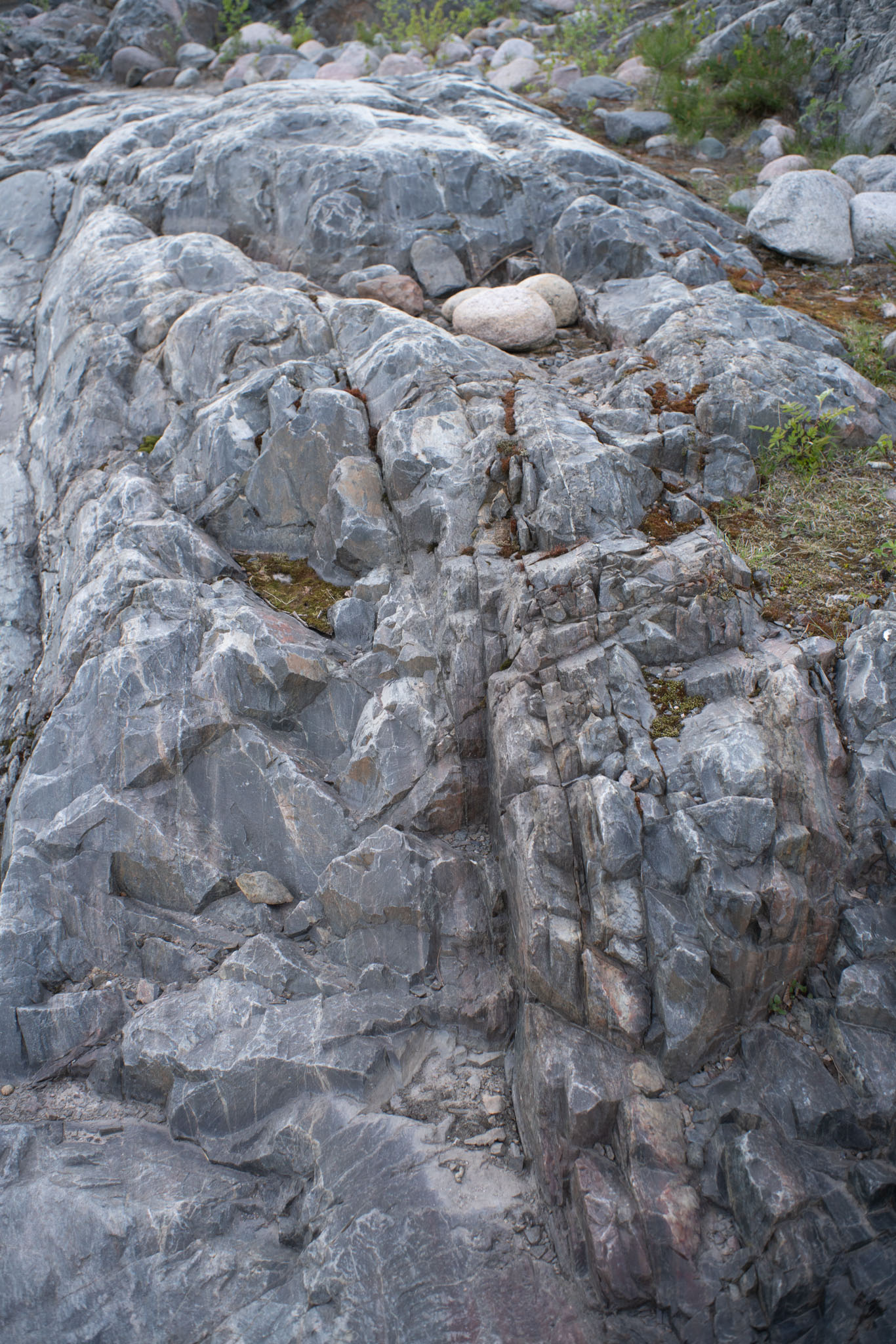
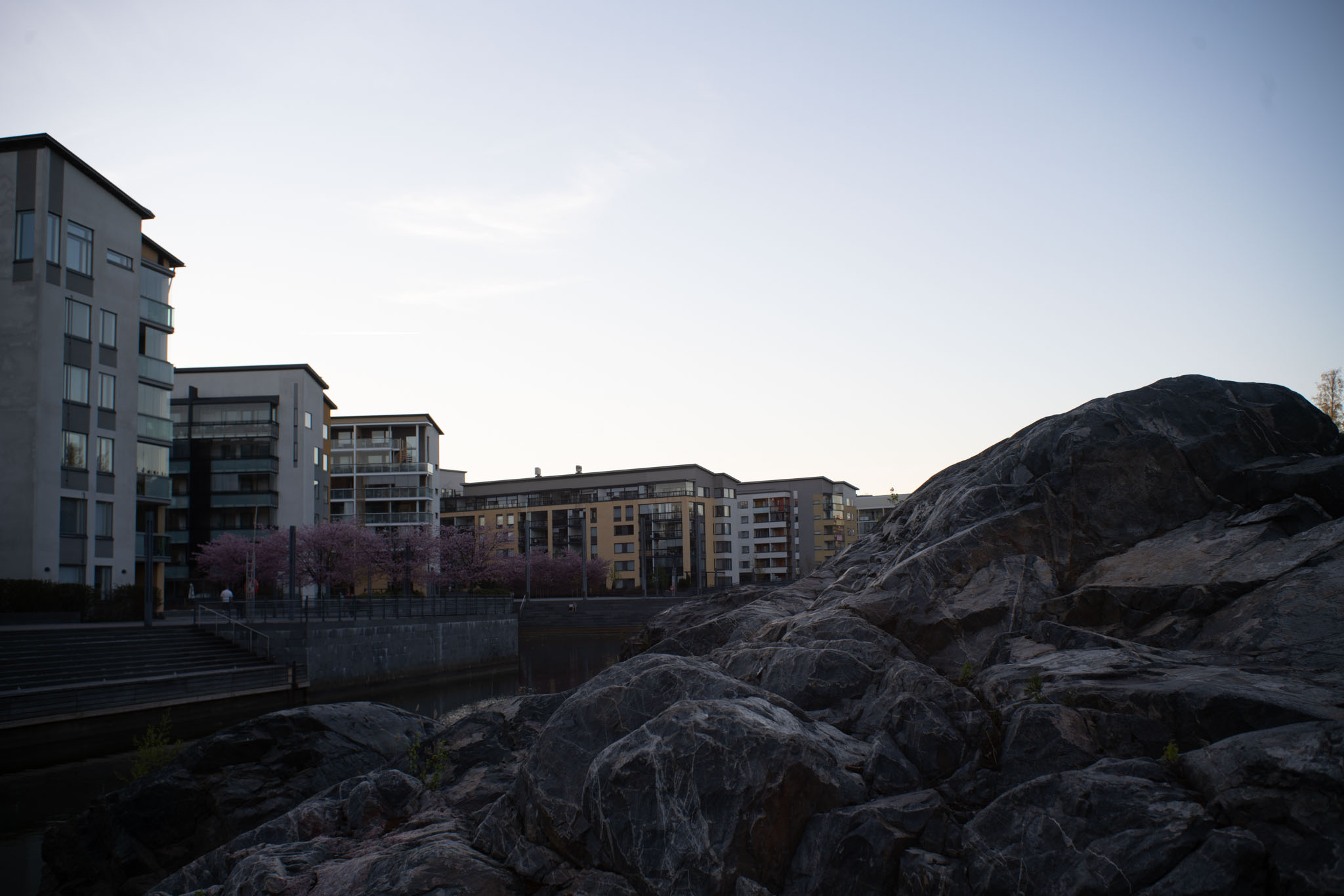
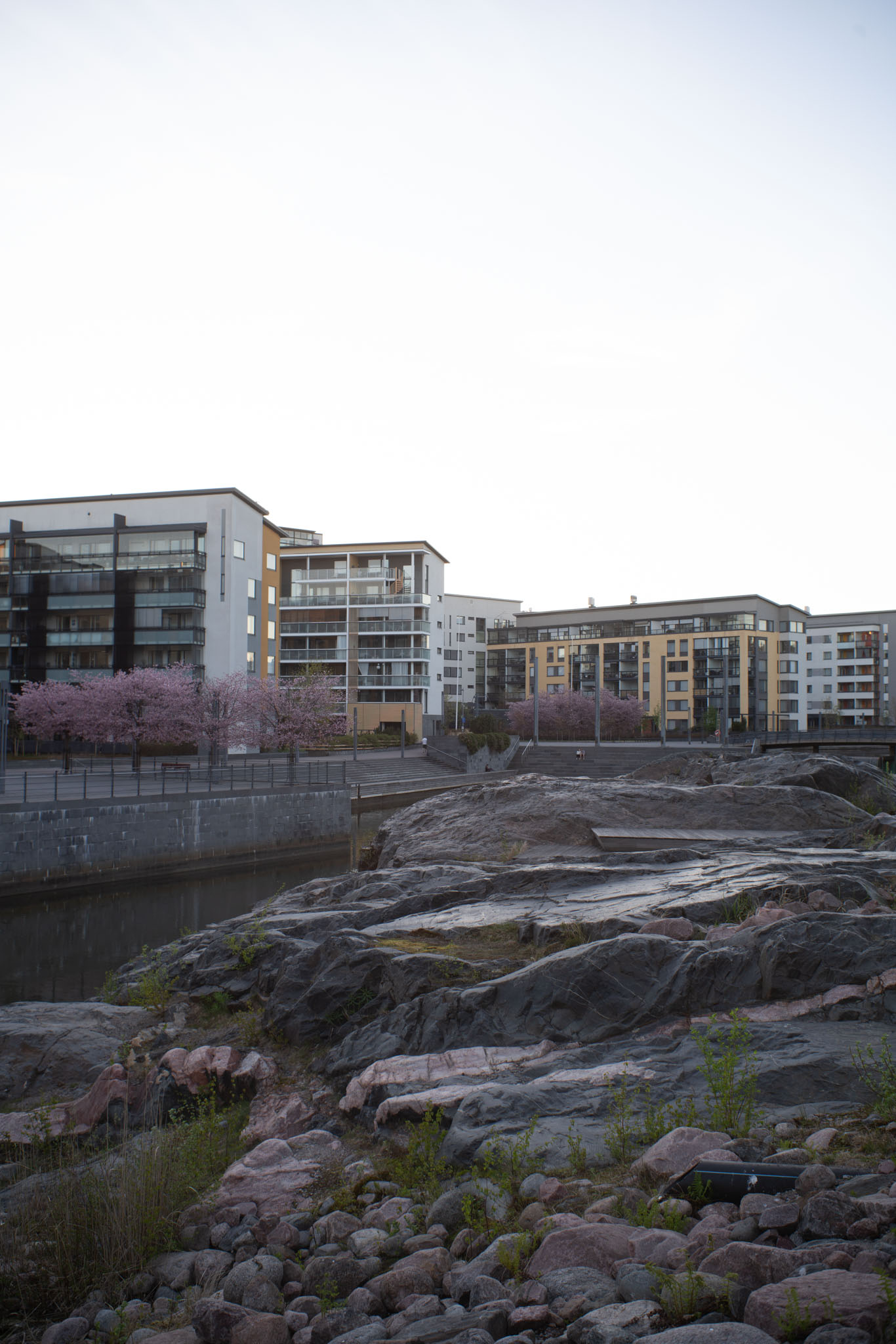
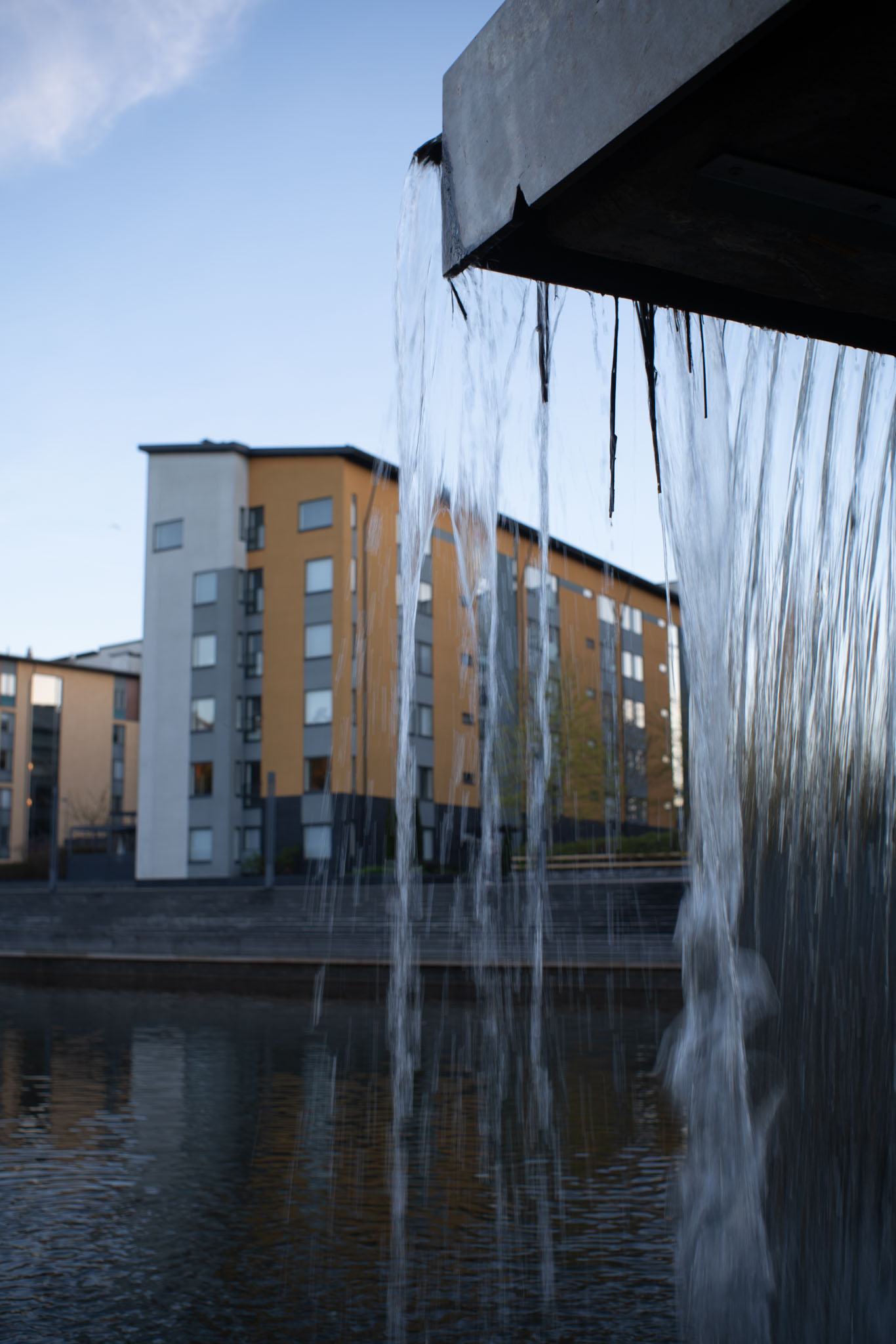
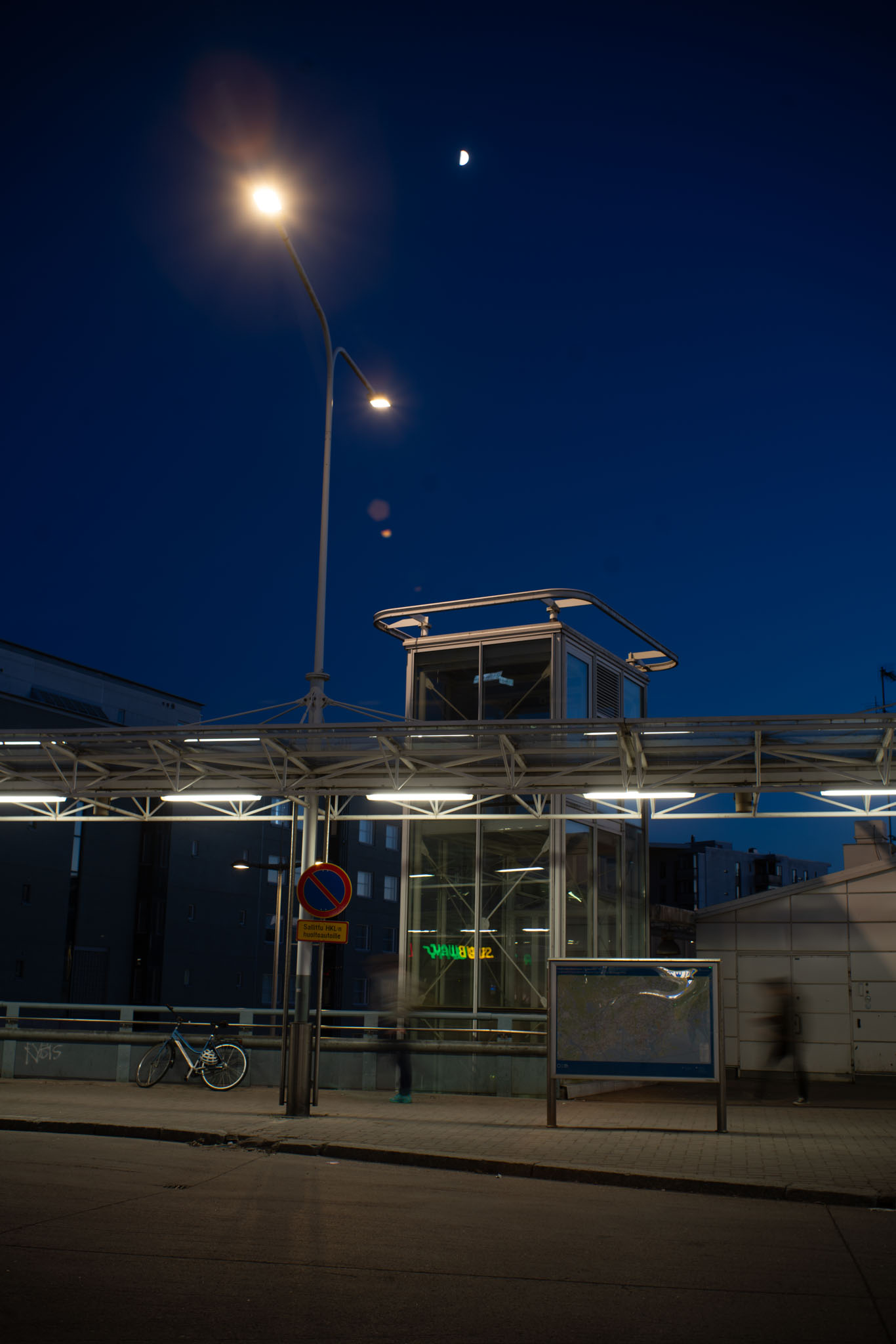
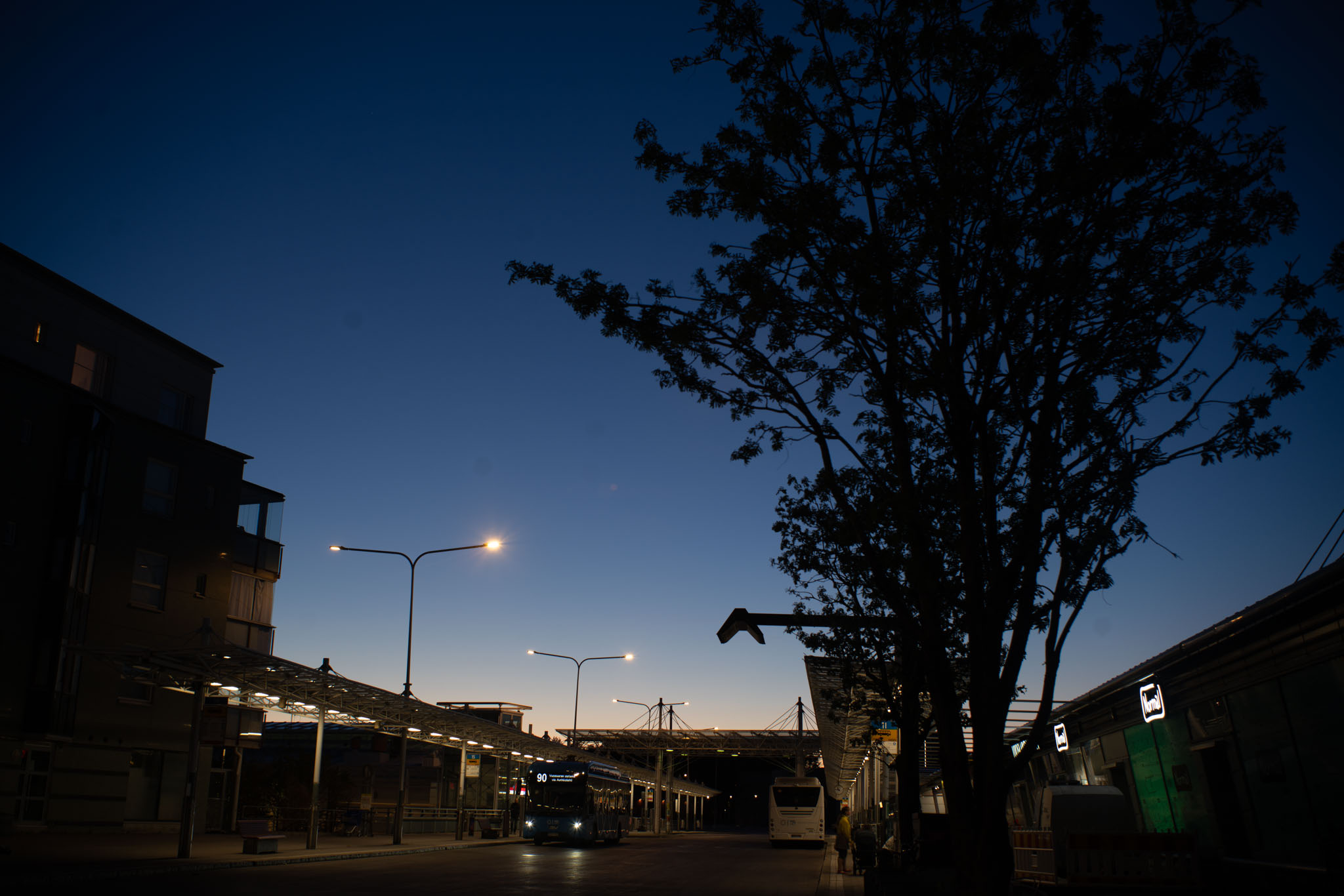

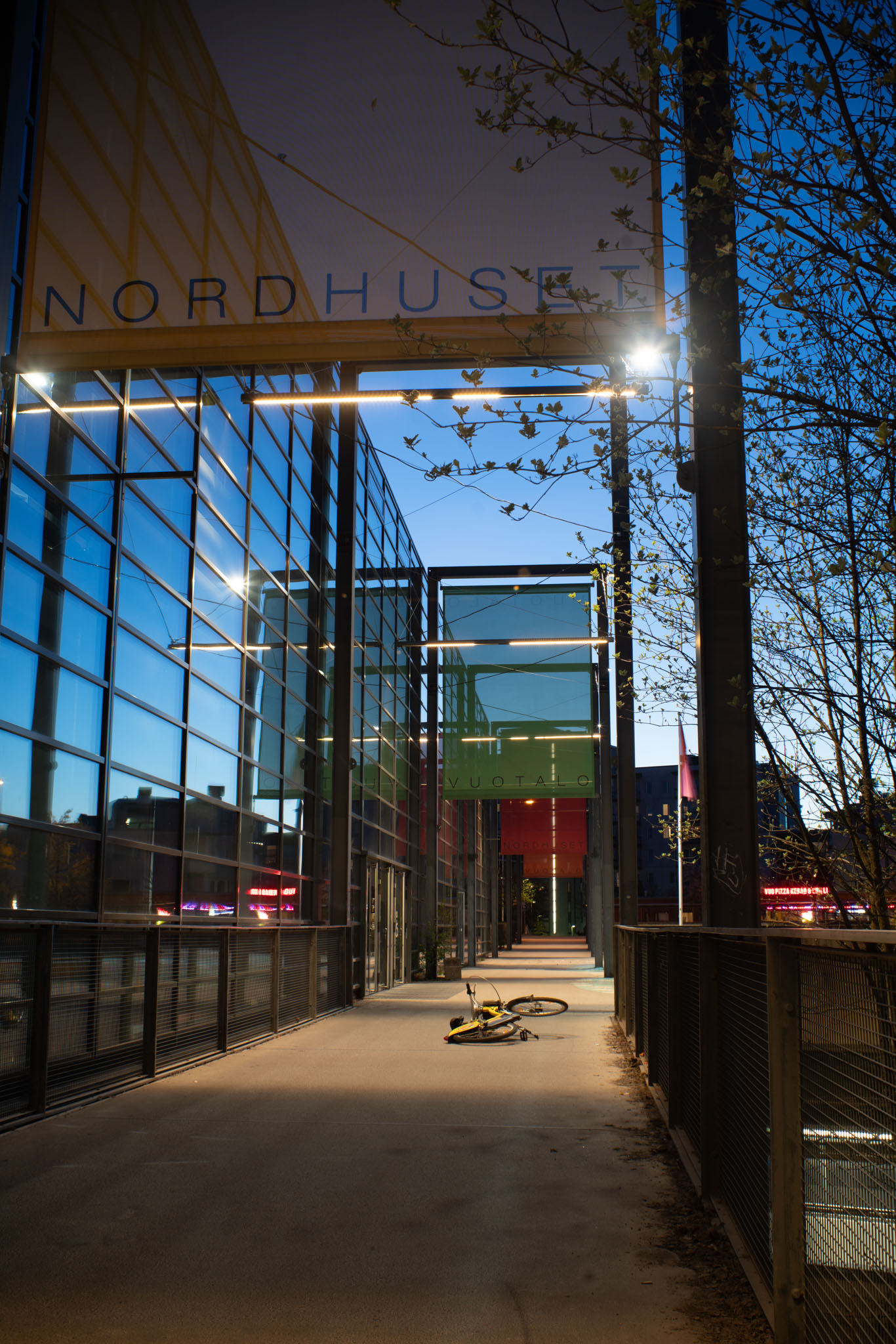
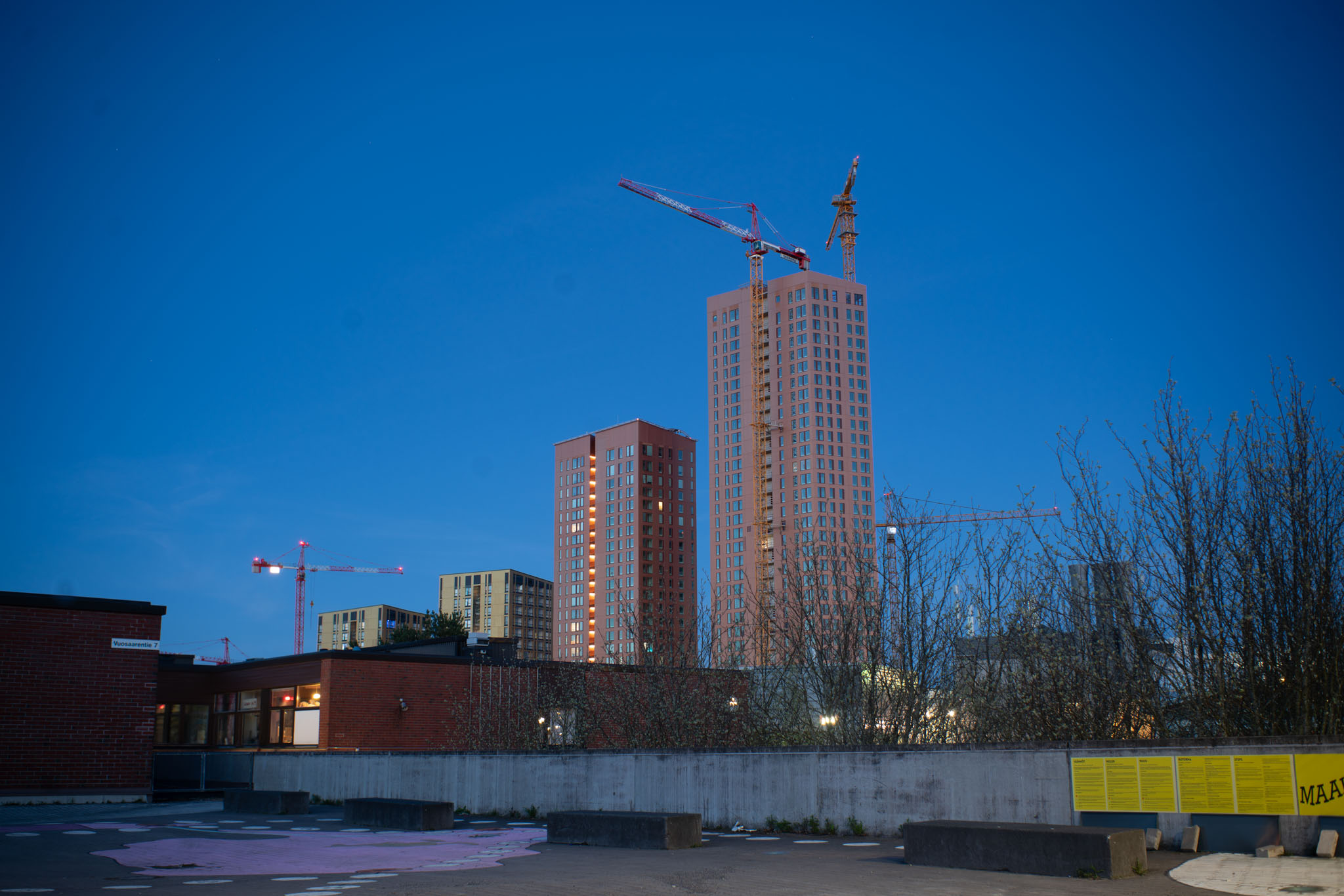
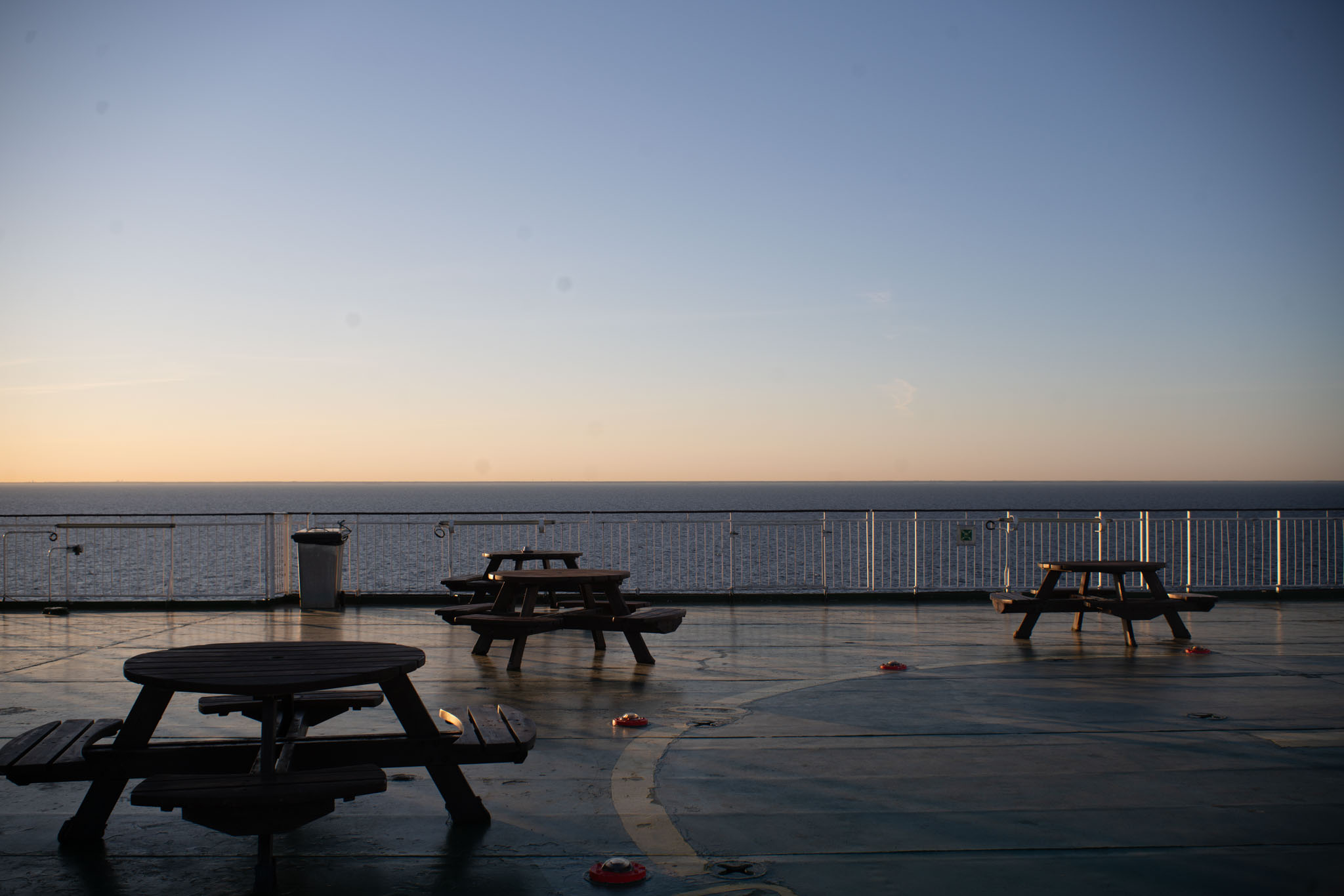
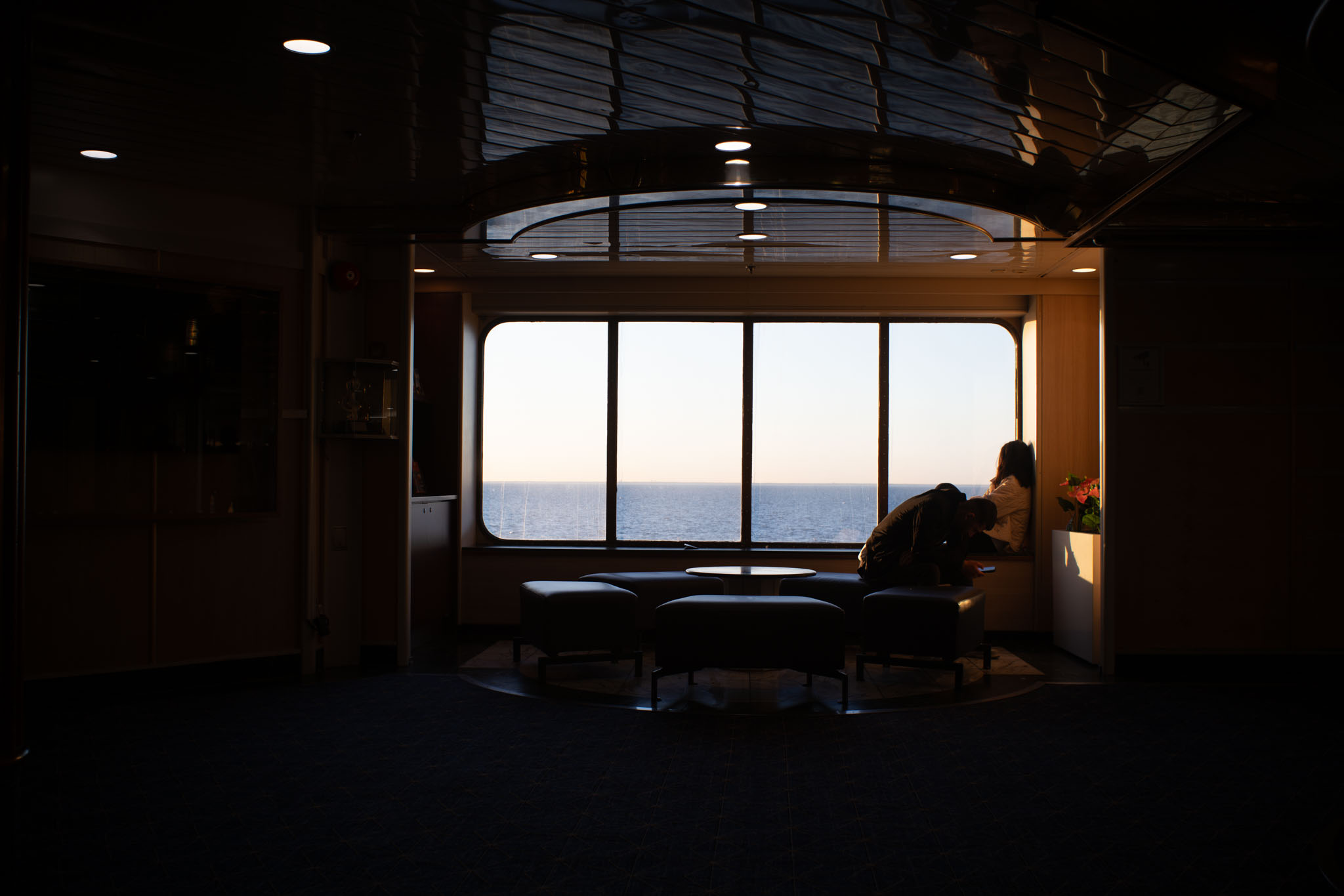
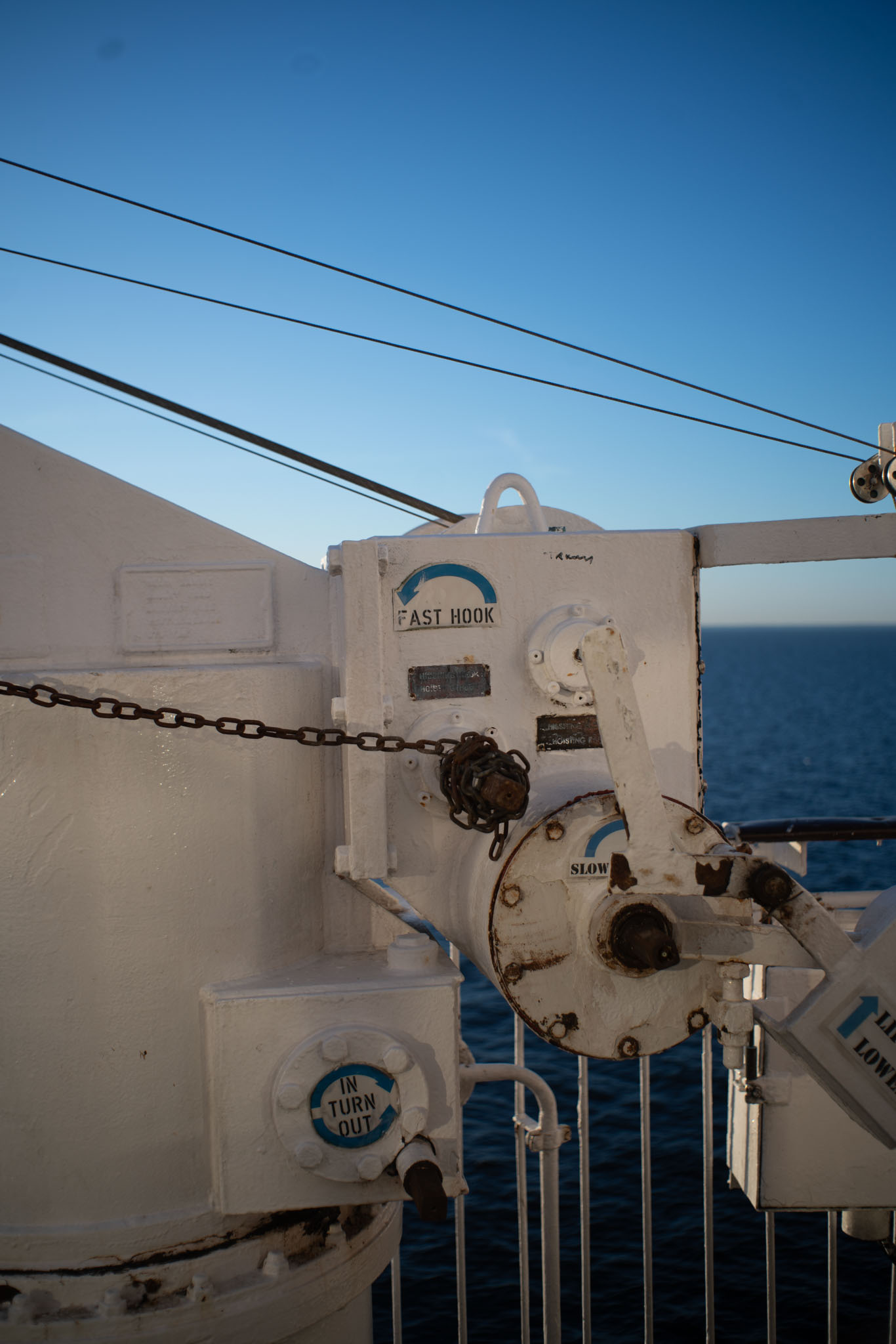
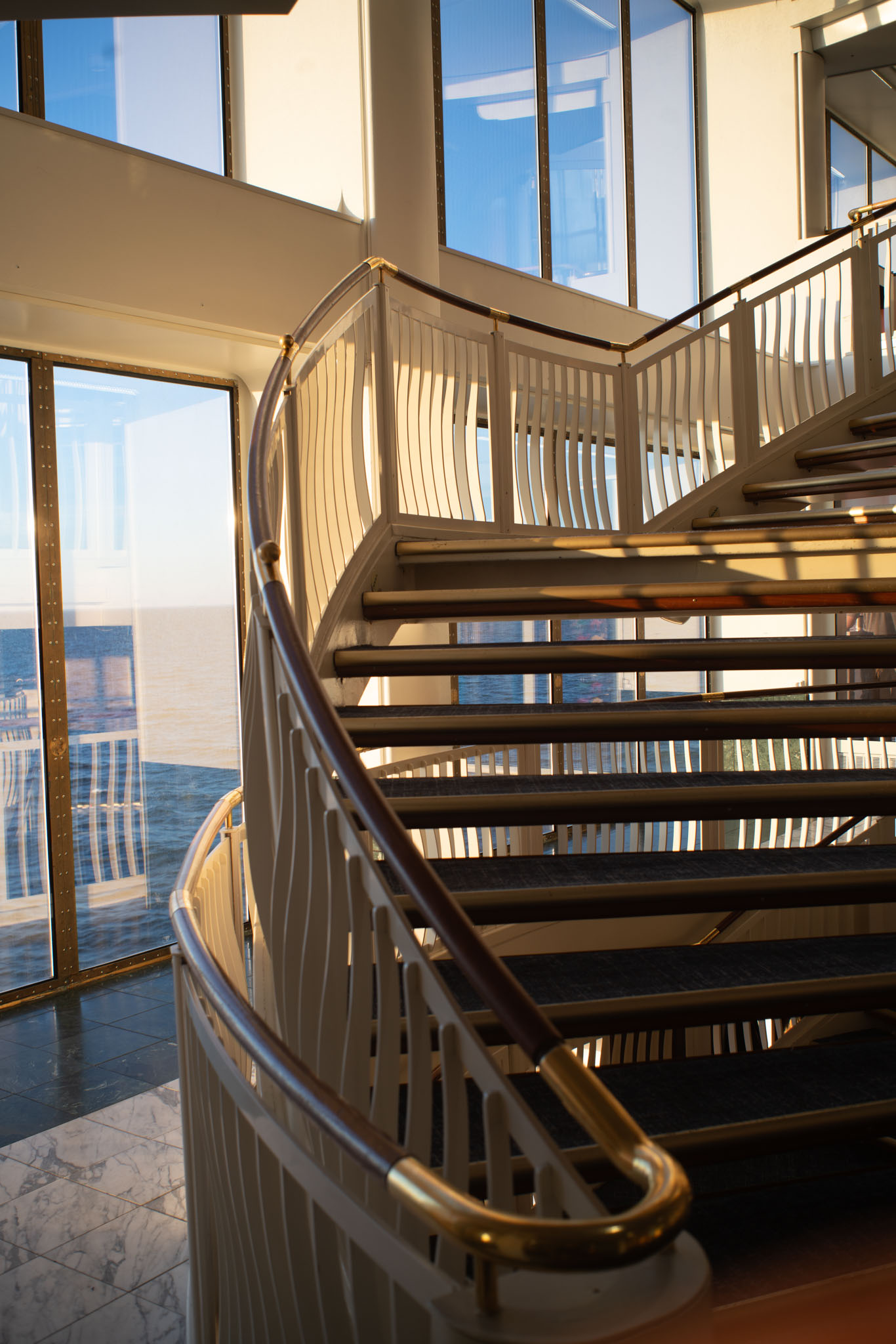
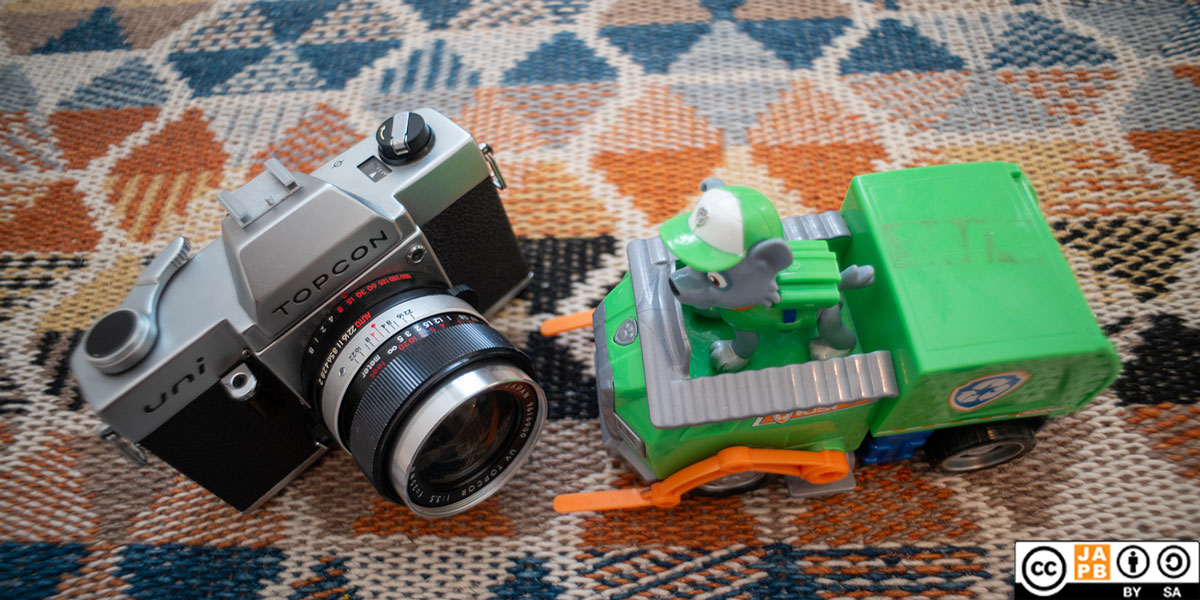
Comments